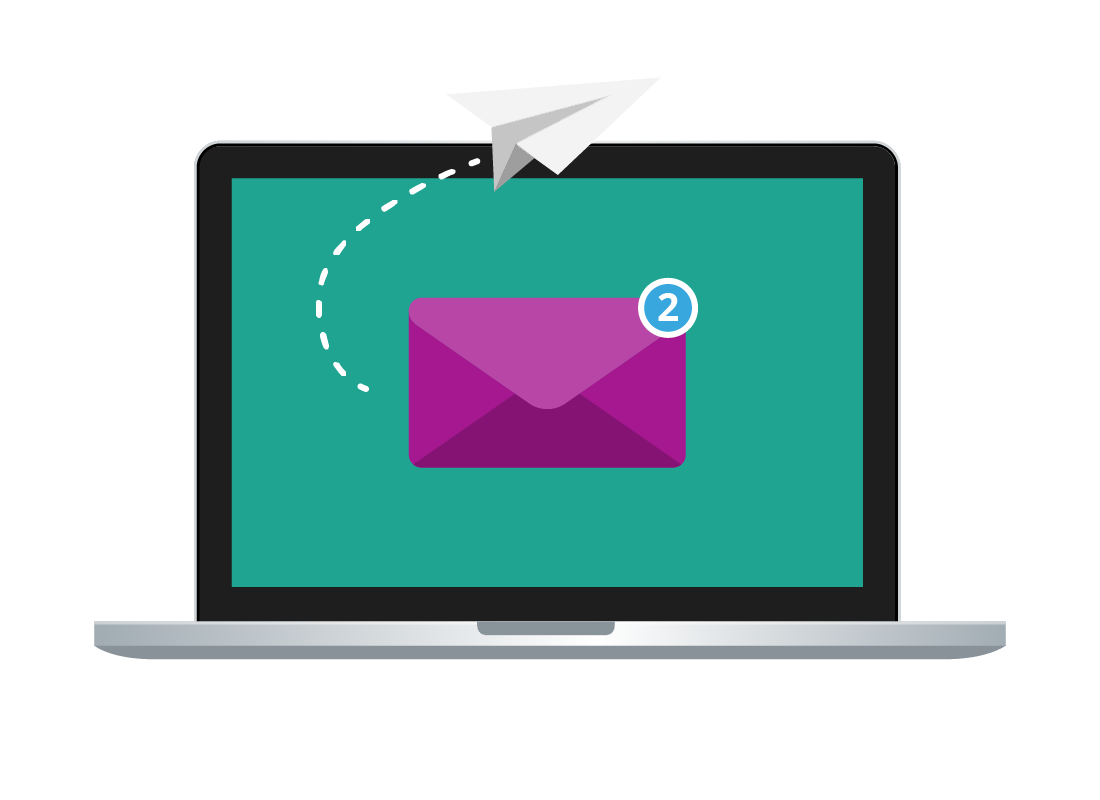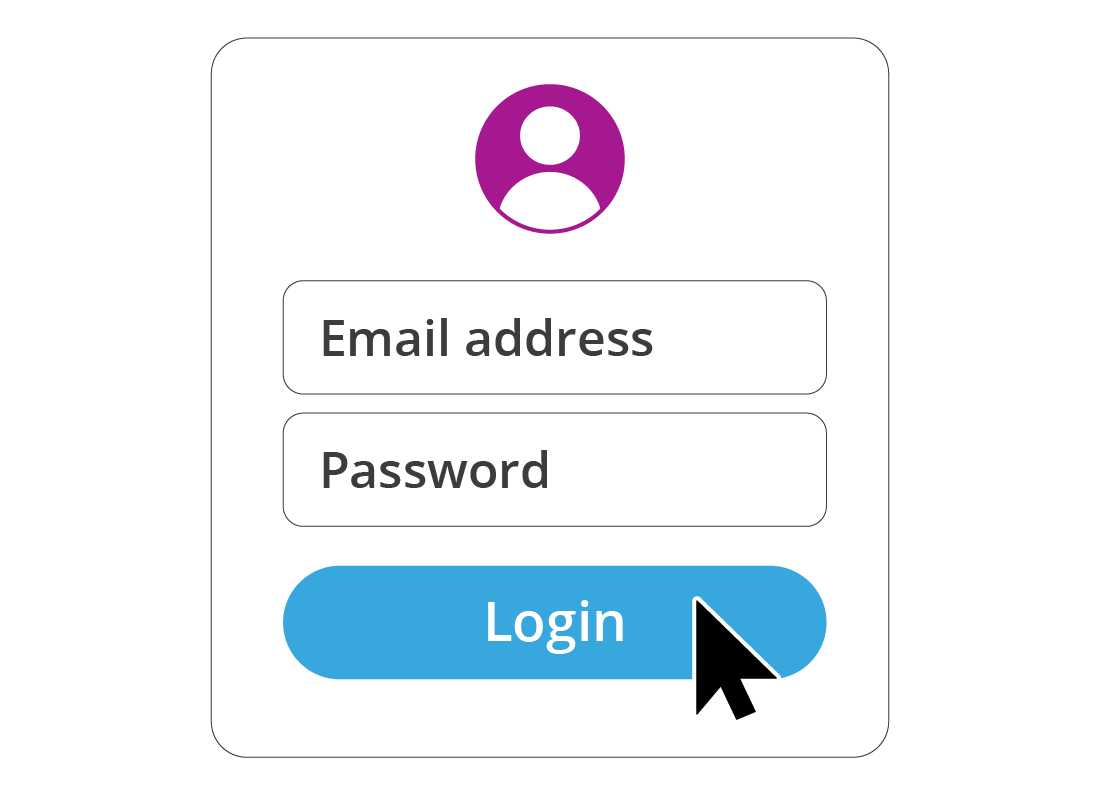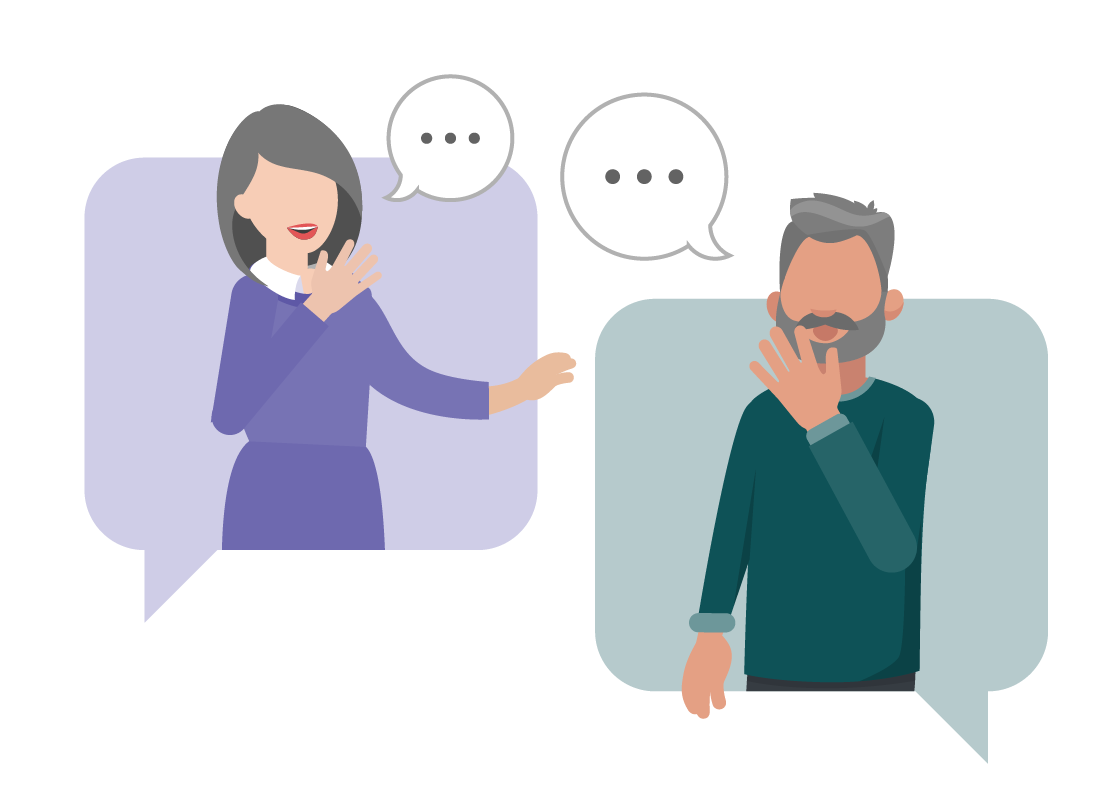What is email used for
What is email?

What's coming up?
In this activity, you'll get an introduction to what email is and how it works.
You'll find out that it's free to use, and you can write as formally or informally as you like. You can also get some tips on other uses for your email address.
Start activityEmail is free to send and receive
Email is a messaging service on the internet that's like a mix of sending a telegram and posting a letter. But email is free to send and receive over your existing internet connection, and can be delivered in a matter of seconds. Email uses very little data, but you do need an available data allowance on your home or mobile internet plan to use it.


Email is more than sending messages
Your email is accessed via an email address and a strong password, and you can use these to sign in to lots of things online, including:
- your cloud storage account, if you have one
- your browser, to manage passwords
- websites, such as your preferred supermarket or e-store
- government service websites and your bank, though you will also need a separate secure password or mobile phone code to fully access everything.
Email does not have to be formal
Over the years, email has come to replace traditional post for many people. But you can write an email as formally or informally as you like. You can still use the traditional Dear Jane, or say Hi Jane, or just start writing.
When you reply to a personal email, it's more like a conversation and you don't need to write things like Dear Tom, thank you for your letter....
Of course, work emails do require more formality, and emails with colleagues or other organisations should be written in a more business-like manner.


Email has powerful tools
Unlike a written letter, email can offer a range of standard tools to make sending and managing messages easier. For example:
- Reply creates a new email that already has the person's email address filled in, and a copy of their email for reference
- Forward (or Fwd) copies an email into a new email that you can address to a third person
- Reply All replies to everyone to whom the email was sent
- CC stands for Carbon Copy and means sending an email to several addresses (people) at once
- BCC stands for Blind Carbon Copy and sends an email to multiple people but hides their addresses from each other.
Email gives you useful information
The top of each email is called the header, and includes a From field, with information about who sent it.
It also includes a To field, showing to whom it was sent. You will see the recipient's name, their email address, and you may see the addresses of other people who received the email at the same time as you. You will also see a short Subject, which usually indicates the topic of the email, such as Subject: Family reunion plans.


eSafety tip
The name in the From field of an email can be faked by scammers who want to trick you into clicking links or replying, which may allow them to install unwanted software on your device. Only open emails from people you trust, and if you think there's anything suspicious about the email, simply delete it.
Your bank, and Australian government services, will never send you an email asking you for personal details or to enter your password. These are scam emails, and you should delete them.
Email is organised by an email service
Email is free to use but it's necessary to choose an email provider or service. There are lots of free services to choose from, but the courses in this topic will focus on three of the most popular:
- Gmail: a service provided by Google, that you can also use to sign in to your Android device
- Outlook: a service provided by Microsoft, that you can also use to sign in to your Windows computer
- Yahoo Mail: a free service from Yahoo that's easy to use.


Unwanted or junk emails are called Spam
Email is free to send, and that unfortunately means you will receive junk email from time to time. Your email service will sort, or filter, known junk email into a special folder, and delete it automatically.
Junk email is called Spam and is usually advertisements for websites. You can't avoid getting some spam, but your email service will help keep it under control for you.
Well done!
This is the end of the What is email? activity. You've learned what email is, that it can be free, and how it works.
Up next, find out about How email works, including how your email address is unique to you, and the importance of spelling when typing in someone's email address.
